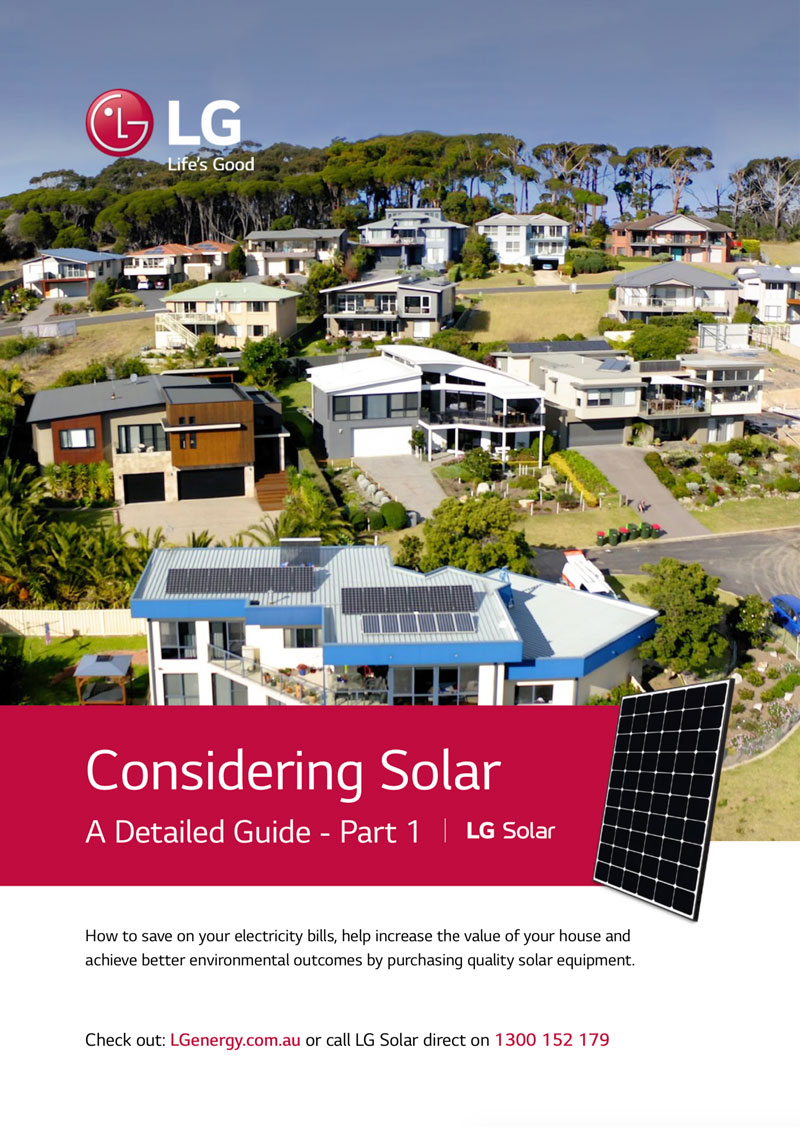What will solar power be in the future?
Predicting how solar technology will evolve in the future is difficult but we can look at history and the factors that are driving energy demand around the world as a guide.
Historically, solar costs have fallen by 20% for each doubling of manufacturing volume and roughly followed Moore’s Law which was first identified by an Intel executive in the mid 1960’s. Given that semiconductors and solar cells share the same base material (silicon), the evolution and cost reduction trajectories are logically quite similar.
If the industry’s growth and cost reductions continue along the same trajectory, solar energy will be cheaper than today’s lowest wholesale energy cost (typically coal fired) within the next 10 to 20 years (perhaps even sooner) which is likely to create even more growth.
We have also seen efficiency, reliability and performance increase steadily which increases the potential applications for solar energy. These technological improvements are constantly evolving and many opportunities exist to reduce waste in the solar manufacturing industry and to utilise new equipment which speeds up production.
There are also a wide variety of as yet experimental ways to produce electricity from the sun using new materials such as Nano technology, films that can be applied to regular building materials and combinations of materials used today for better results.
If we jump ahead twenty years to 2032, here is what we are likely to see;
- Solar costs at around ¼ of where they are today, perhaps as low as $0.20c/ Watt
- Solar generation costs around $0.05c per kWh, the lowest of all known energy sources projected today
- Solar technologies which are significantly more efficient and thus able to be fitted to more locations, more tolerant of shading and easily integrated into the fabric of buildings
- Advanced solar technologies s which allow the integration of solar into materials such as fabrics and paints
Although this may seem far-fetched, many examples of these applications and scenario’s are actually being trialled in laboratories or in applications where cost is no barrier today. From history, one thing that it is proven is that despite some bumps and glitches, solar costs have fallen on average 7% per year which drives growth, which drives further costs reductions and it has happened far faster than most analysts projected.

